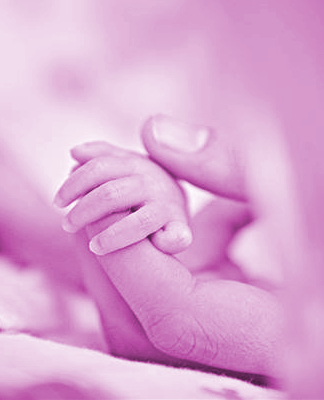AI trained on baby risk
 Experts are using AI to improve premature baby care.
Experts are using AI to improve premature baby care.
James Cook University (JCU) engineering lecturer Stephanie Baker has led a pilot study that used a hybrid neural network to accurately predict how much risk individual premature babies face.
Complications resulting from premature birth are the leading cause of death in children under five and over 50 per cent of neonatal deaths occur in preterm infants.
“Preterm birth rates are increasing almost everywhere. In neonatal intensive care units, assessment of mortality risk assists in making difficult decisions regarding which treatments should be used and if and when treatments are working effectively,” said Ms Baker.
To guide their care, preterm babies are often given a score that indicates the risk they face. However, these scores require complex manual measurements, extensive laboratory results, and the listing of maternal characteristics and existing conditions.
“An ideal scheme would be one that uses fundamental demographics and routinely measured vital signs to provide continuous assessment. This would allow for assessment of changing risk without placing unreasonable additional burden on healthcare staff,” said Ms Baker.
Her research team has developed a Neonatal Artificial Intelligence Mortality Score (NAIMS), based on a hybrid neural network that uses simple demographics and trends in heart and respiratory rate to determine mortality risk.
“Using data generated over a 12 hour period, NAIMS showed strong performance in predicting an infant’s risk of mortality within 3, 7, or 14 days,” Ms Baker said.
“This is the first work we’re aware of that uses only easy-to-record demographics and respiratory rate and heart rate data to produce an accurate prediction of immediate mortality risk.”
She said the technique was fast with no need for invasive procedures or knowledge of medical histories.
“Due to the simplicity and high performance of our proposed scheme, NAIMS could easily be continuously and automatically recalculated, enabling analysis of a baby’s responsiveness to treatment and other health trends,” Ms Baker said.
NAIMS has proved accurate when tested against hospital mortality records of preterm babies. It also has the added advantage over existing schemes of being able to perform a risk assessment based on any 12-hours of data during the patient’s stay.
Ms Baker said the next step in the process was to partner with local hospitals to gather more data and undertake further testing.
“Additionally, we aim to conduct research into the prediction of other outcomes in neo-natal intensive care, such as the onset of sepsis and patient length of stay,” said Ms Baker.







 Print
Print